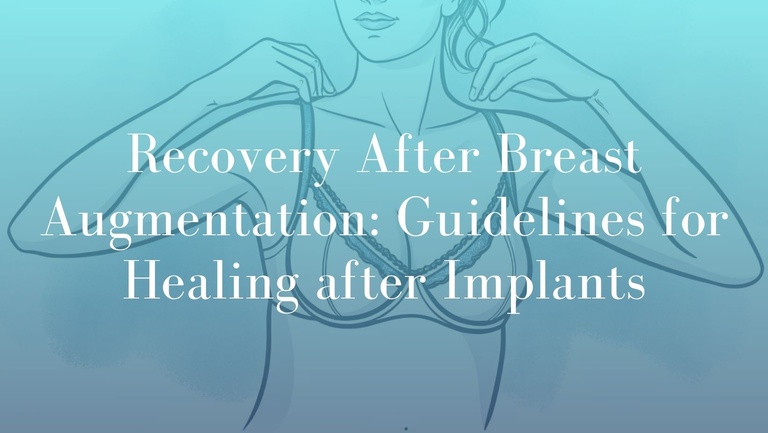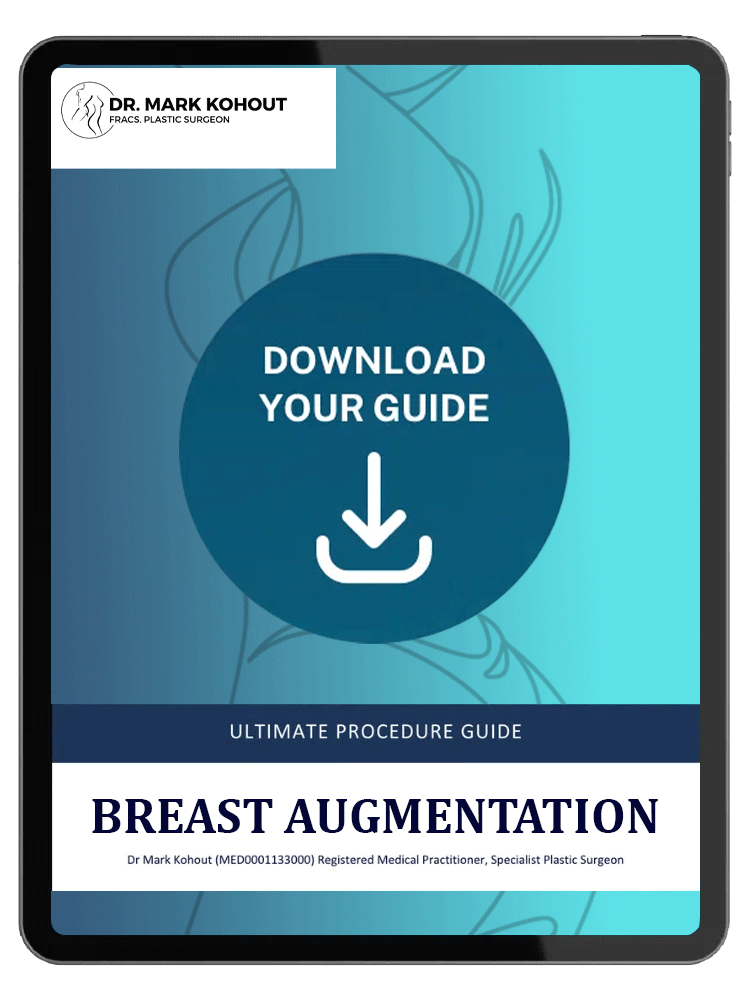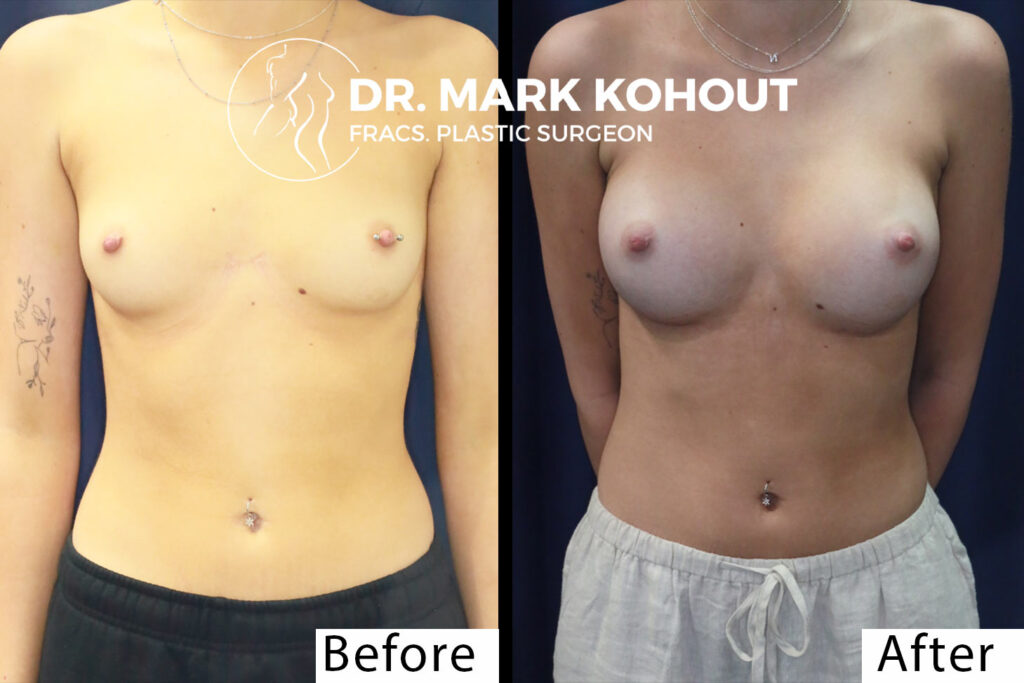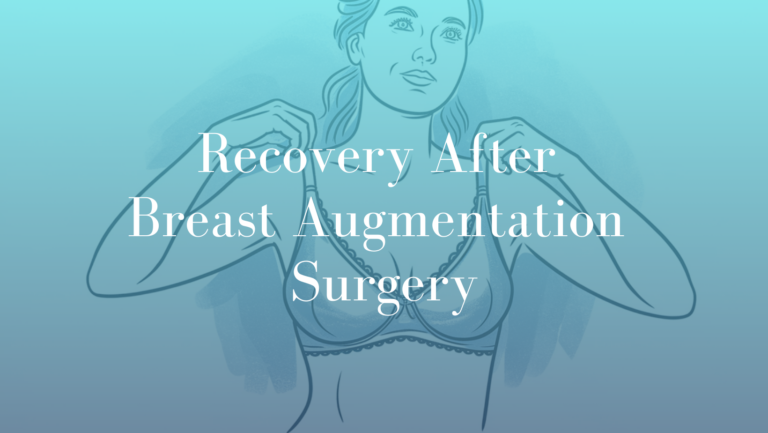
Recovery after breast augmentation is a critical phase that can significantly affect the overall success of the procedure. A well-managed recovery process can support healing, reduce the risk of complications, and guide you toward your surgical goals.
By understanding what to expect in the days and weeks following surgery, you can take proactive steps to support your recovery.
The initial few days after surgery are usually characterised by discomfort and swelling. You are encouraged to rest and avoid strenuous activity to facilitate healing. Adhering to medical advice and attending follow-up appointments are essential for addressing any issues that may arise during the recovery period.
Support from friends, family, and healthcare providers can greatly assist the recovery experience.
Open communication about any pain or concerns enables personalised advice and reassurance. Prioritising self-care and maintaining a positive mindset can make the healing process more effective.
Top Ten Recovery Tips
1. What to Expect in the First Week
The initial week post-surgery is often the most challenging. Here’s a day-by-day breakdown:
- Days 1-2: You’ll likely feel groggy and sore. Your chest will feel tight and heavy, akin to the sensation after an intense upper body workout. Some nausea from the anaesthesia is common.
- Days 3-4: Discomfort typically peaks but becomes more manageable. You might notice some bruising and swelling.
- Days 5-7: You’ll start feeling more like yourself. The tightness in your chest will begin to ease, though your range of motion may still be limited.
Throughout this week, you’ll need to wear a surgical bra round the clock and sleep on your back with your upper body slightly elevated. If drains were placed, they’re typically removed within the first week.
2. Tips for a Steady Recovery: Do’s and Don’ts
Do’s:
- Rest as much as possible, especially in the first few days
- Take short, gentle walks to promote circulation
- Wear button-up shirts or tops that open in the front
- Keep surgical sites clean and dry
- Follow Dr Kohout’s instructions to the letter
- Stay hydrated and eat a balanced diet rich in proteins and vitamins
Don’ts:
- Don’t lift anything heavier than 2.3 kg (5 pounds) for at least 2 weeks
- Avoid reaching above your head or making extreme arm movements
- Don’t sleep on your stomach or side for at least 6 weeks
- Avoid underwire bras until your surgeon gives the go-ahead
- Don’t smoke or consume alcohol, as these can impair healing – resulting in possible complications
- Avoid submerging your incisions in water (baths, pools, hot tubs) for at least 4 weeks
3. Managing Pain and Discomfort
Pain management is important for a comfortable recovery. Here are some strategies:
- Take prescribed pain relief medications as directed
- Use cold compresses to reduce swelling (always wrapped in a cloth, never directly on the skin)
- Practice deep breathing exercises to help with discomfort and promote relaxation
- Wear your surgical bra consistently for support
- Gradual massage (once approved by your surgeon) can help alleviate discomfort and promote proper implant settling
Remember, everyone’s pain threshold is different. If you’re concerned about your level of discomfort, please contact your surgeon.
4. How Long is Recovery?
Recovery timelines can vary, but here’s a general overview:
- 1-2 weeks: Most patients can return to desk jobs
- 3-4 weeks: You can typically resume most daily activities
- 6 weeks: Many surgeons clear patients for more strenuous activities and exercises
- 3 months: Swelling should be mostly resolved
- 6 months to 1 year: Final results become apparent as implants fully settle
It’s important to note that while you may feel “back to normal” after a few weeks, your body continues to heal internally for months after the surgery.
5. Returning to Exercise
Easing back into your fitness routine requires patience and caution:
- Weeks 1-2: Focus on rest. Light walking is encouraged to promote circulation.
- Weeks 3-4: You can start with light lower body exercises, avoiding any movements that bounce or jostle your chest.
- Weeks 4-6: Introduce light cardio like brisk walking or stationary cycling.
- Week 6 onwards: Gradually reintroduce upper body exercises, starting with very light weights.
- 8-12 weeks: Most patients can return to their full exercise routines, including chest exercises.
Always listen to your body and Dr Kohout’s advice. If an activity causes pain or discomfort, stop and consult Dr Kohout or his team.
6. Caring for Your Incisions / Scars
Proper scar care is essential for optimal healing:
- Keep incisions clean and dry
- Apply any ointments or creams recommended by your surgeon
- Once healed, gently massage the scar tissue to help it soften and fade
- Protect scars from sun exposure, as UV rays can darken them
- Consider using silicone sheets or gels to support optimal scar formation (after your surgeon approves)
7. What to Wear During Recovery: Clothing Tips for Comfort
Choosing the right clothing can make a significant difference in your comfort levels:
- Opt for button-up or zip-front tops to avoid lifting your arms over your head
- Loose, soft fabrics will be most comfortable against your sensitive skin
- Wear your surgical bra as directed by Dr Kohout
- When transitioning to regular bras, choose soft, wire-free options initially
- Once cleared with Dr Kohout, you can return to under-wire bras if you wish
8. Sleep Tips for an Optimal Recovery
Quality sleep is fundamental for healing. Here are some tips:
- Sleep on your back with your upper body elevated at a 30-45 degree angle
- Use extra pillows for support and comfort, a pillow under your knees may help your back
- Consider a wedge pillow or adjustable bed for optimal positioning
- Avoid sleeping on your side or stomach for at least 6 weeks
- If you’re a restless sleeper, consider using pillows to “barricade” yourself and prevent rolling over
9. Emotional Well-being During Recovery
The emotional aspect of recovery is just as important as the physical:
- It’s normal to experience a range of emotions, including excitement, anxiety, and even temporary regret
- Be patient with yourself and your body as it heals
- Stay connected with friends and family for support
- Consider joining online support groups for breast augmentation patients
- If you’re feeling overwhelmed, it’s important to speak with a mental health professional
10. Foods That Promote Healing After Surgery
A nutritious diet can significantly aid your recovery:
- Lean proteins (chicken, fish, tofu) to support tissue repair
- Fruits and vegetables rich in vitamins A and C (berries, citrus fruits, leafy greens)
- Whole grains for energy and fibre
- Nuts and seeds for healthy fats and vitamin E
- Probiotic-rich foods (yoghurt, kefir) to support gut health and immune function
- Stay hydrated with water and herbal teas
- Avoid processed foods, excessive sugar, and alcohol, as these can hinder healing and increase inflammation.
Remember, recovery is a process unique to each individual. Be patient with yourself, follow Dr Kohout’s advice to the letter, and always reach out if you have concerns. With proper care and time, you’ll soon be able to fully enjoy the results of your breast augmentation.
Breast Implant Surgery Before and After Images
Understanding Breast Augmentation
Breast augmentation is a surgical procedure designed to modify breast size and shape. This section provides a comprehensive overview of the procedure, the various types of implants available, and the potential risks associated with surgery.
About the Procedure
Breast augmentation, also referred to as Augmentation mammoplasty, is performed to increase breast volume and address symmetry. The procedure generally involves placing implants either beneath the breast tissue or behind the chest muscle. Women may choose this procedure for a variety of reasons, including altering their body image, to make shopping more enjoyable, or reconstructing the breasts following surgery for conditions such as breast cancer.
During a consultation, Dr Kohout assesses each individual’s specific needs to recommend the most appropriate approach. The surgery typically lasts between one and two hours and is usually carried out under general anaesthesic. While recovery times can vary, most patients can expect to resume normal activities within a few weeks, depending on their personal healing process.
Preparation for Surgery
Proper preparation for breast augmentation is fundamental to supporting an optimal outcome. This involves thorough planning during consultations, following pre-surgical instructions, and maintaining good physical fitness and nutrition.
Potential Risks and Complications of Breast Augmentation Surgery
As with any surgical procedure, breast augmentation carries certain risks. Common complications include:
- Infection: Post-operative infections can occur, although they are generally rare.
- Capsular Contracture: This condition results in the hardening of the tissue around the implant, which may cause discomfort and eventually lead to implant rupture if left unaddressed.
- Implant Rupture: Breast implants can rupture, requiring surgical intervention to remove and/or replace the implant.
If you’re considering a secondary procedure or have concerns about your initial surgery, learn more about whether breast revision surgery might be right for you in our detailed guide.
Patients are advised to discuss these risks with Dr Kohout to make certain they fully understand potential outcomes. Regular monitoring and follow-up appointments are essential to address any issues that may arise after surgery.
About Dr Mark Kohout
Dr. Mark Kohout is a dedicated qualified plastic surgeon based in central Sydney with over 20 years of experience in the cosmetic field. With his extensive training and experience, Dr Kohout offers a considered surgical approach focused on patient care and safety.
Dr. Kohout and his team are fully committed, friendly professionals who are devoted to providing compassionate care, support and results aligned with your goals.
Dr Mark Kohout – Clinics in Sydney & Orange NSW
Specialist Plastic and Reconstructive Surgeon (MED0001133000)
Specialist registration in Surgery – Plastic Surgery
Further Reading about Breast Implants & Enlargement with Sydney Specialist Plastic Surgeon Dr Mark Kohout
- Read more about Dr. Mark Kohout’s Breast Implants Procedure
- Read more about Dr. Mark Kohout’s Breast Implants & Enlargement Gallery
- Read more about Dr. Mark Kohout’s Choosing Breast Implants – A Guide Blog
- Read more about Dr. Mark Kohout’s Recovery after Breast Implant Removal Blog
- Read more about Dr. Mark Kohout’s Breast Implants Revisions: Assessing the Need for Surgery Blog
Related Blog Posts
Cost of Breast Augmentation in Sydney
Understanding the Cost of Breast Augmentation in Sydney: A Comprehensive Guide Breast augmentation is a popular procedure for individuals looking to alter the size, shape, or proportions of their breasts. While the…
Recovery After Breast Augmentation Surgery
Healing and Recovery After Breast Augmentation: Timeline and Tips Dr Mark Kohout is a well regarded plastic surgeon with extensive experience in breast augmentation and a deep understanding of the human…
Exercise Timeline after Breast Augmentation
A Guide to Resuming Exercise after Breast Augmentation If you’re considering breast augmentation (augmentation mammoplasty), understanding the exercise timeline after the procedure is important to encourage an uneventful smooth recovery. Sydney…








